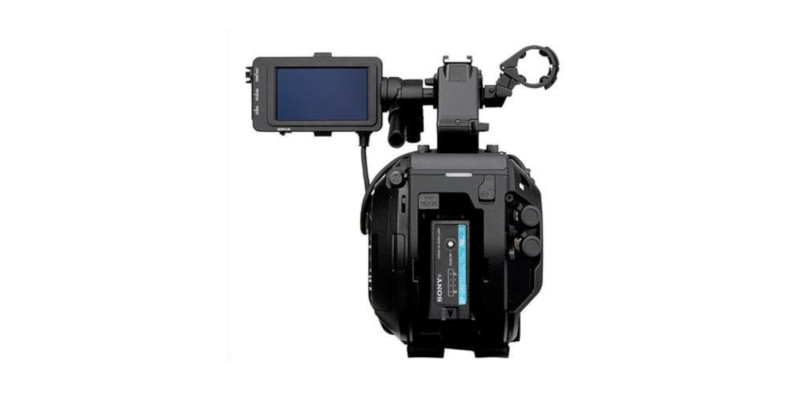
Unless of course, you don’t shoot a freestyle skier coming down from Mount Everest, in which case you definitely have to climb the mountain. Luckily, getting it right is not hard and does not require climbing the highest mountain. Particularly when you have a specific goal and wish to nail that epic cinematic slow-motion look and feel. So, if you have a four-second caesura in music, you’d better complete that crucial half circle around your subject in 0.8 seconds.Īll that must be considered, and it does make shooting slo-mo ever so slightly different. After all, one second at 120 fps fills five seconds on your timeline. Stability is also essential, especially for longer clips that end up being used as a whole. Clips that work well in slow-motion usually have a lot of movement or require specific movement from the camera operator. It’s not like you have to crank the handle twice as fast to record 60 fps instead of 30 fps. Shooting slow motion is not that different from shooting footage that will be played back at regular speed. There’s nothing worse than returning with insufficient material or discovering that your slow-motion footage does not blend well with everything else. For example, knowing when and where you will land those speed ramps, knowing how long will the breather be before everyone gets thrown back into the fast-paced turmoil, and having selected the music beforehand or having some idea for the sound design will help nail the shoot and make sure that you don’t have to compromise when editing. Laying out a rough plan will already do wonders. You don’t have to be that far ahead and so detailed.
Best camera for slow motion movie#
When a crew member approached seemingly bored Alfred Hitchcock and asked, How can you sleep on a busy set with all the actors and gaffers running around?” He replied, I have seen this movie already: I have been editing it in my head for the past few months. And like with any other type of footage, if a slo-mo adds to your story, go with it. No matter how beautiful or well-executed it was. It can turn ordinary into extraordinary, but when used without reason, it not only loses its impact but can make the story stumble and may even put off the audience. If you do not ask yourself why your audience will. That reason is hardly ever because it looks cool or because I have a camera that can shoot 4K in 120 fps.
Best camera for slow motion professional#
Whether it is a desire to elevate a decisive moment in a battle sequence, wish to highlight a graceful movement of a human body, or a need to make a point in a corporate film, professional filmmakers always have a clear reason to slow down the hands of time. Start with the “why?”Įvery great high-quality slow-motion footage starts with a well-defined why. But for now, let’s dive into three rules professional directors, camera operators, and cinematographers follow when shooting slow-motion video. We listed them all at the end of this blog post. Plus, you probably do not need us to go over these standard rules and practices of shooting slo-mo video as they are widely discussed all over the internet, and you are likely well aware of them by now. The one that quite often gets overlooked yet is equally as important, especially when you are after an awe-inspiring cinematic slow-motion video that could move people emotionally. In today’s blog post, we are going to focus on the other side of the coin. Don’t get me wrong, these are also important, but they are merely one side of the coin and will only get you so far. Not the, pull focus manually, make sure there is enough light and movement, and don’t forget to crank up your shutter speed kind of rules.

Whenever you stumble on a sublime cinematic slow-motion video that leaves you with a mixed feeling of reverence, fear, and wonder, it is more often than not achieved by following three simple rules.


 0 kommentar(er)
0 kommentar(er)
